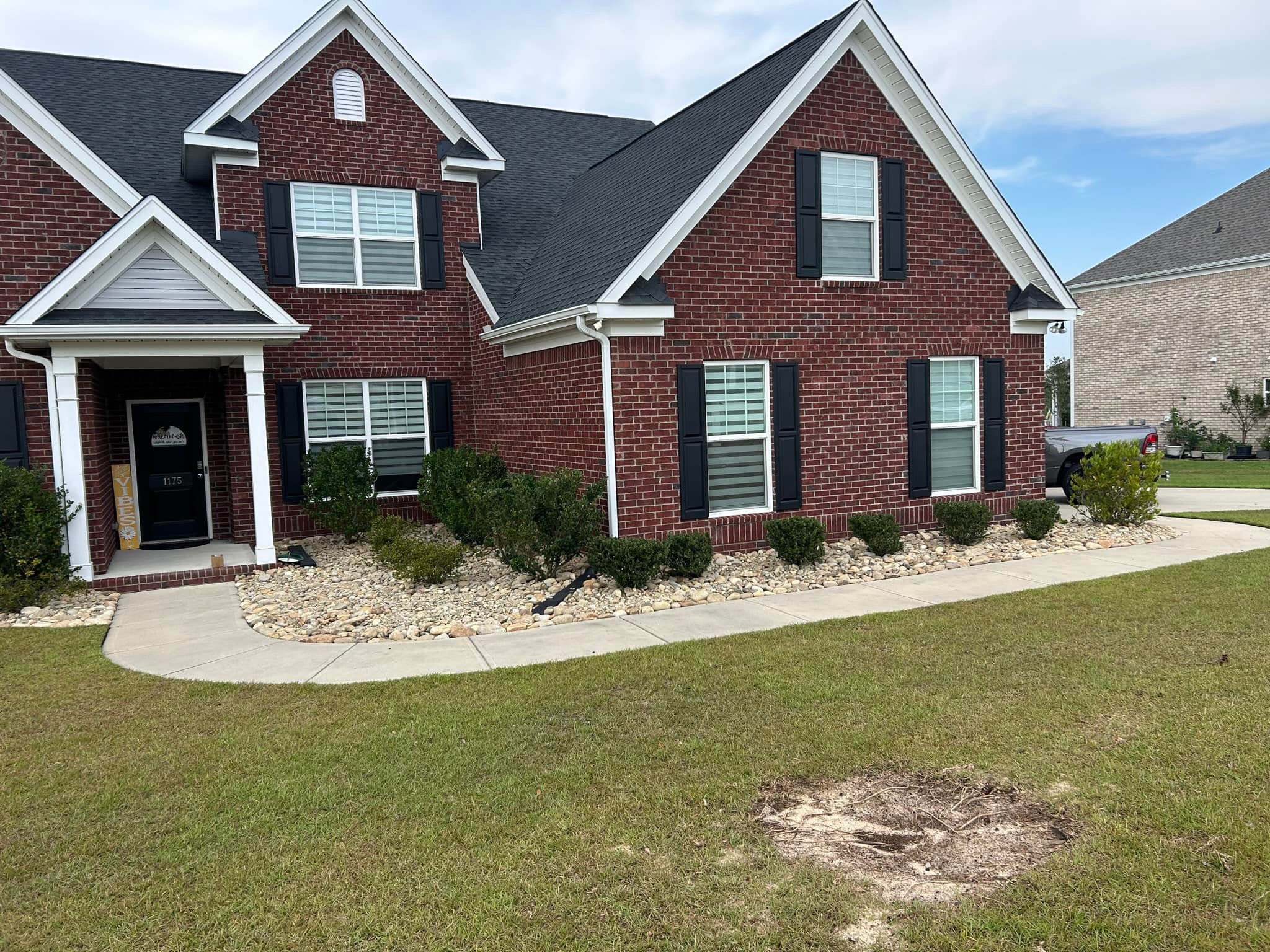
Designing a Wildlife-Friendly Garden: Blending Beauty and Biodiversity Oct 31, 2025
To begin, consider the strategic placement of a variety of native plants. Native species are crucial, as they provide the food and shelter essential for local wildlife, including birds, insects, and small mammals. By choosing plants that thrive naturally in your area, you contribute to an ecosystem that requires less maintenance and water. This not only preserves resources but also encourages the natural wildlife to visit and inhabit your garden.
Incorporating diverse plant layers is another effective tactic. Layered planting mimics natural habitats by providing different types of foliage at varying heights. Shrubs, flowering plants, and tall trees together create a microhabitat that attracts various wildlife species. Birds may nest in trees, while butterflies and bees are drawn to flowering shrubs and perennials. By maximizing plant diversity, you foster an environment rich in biodiversity.
Water features are a fantastic addition to any wildlife-friendly garden. A small pond or a birdbath can make a significant impact by attracting amphibians, birds, and insects. When designing these features, ensure the inclusion of shallow areas with gently sloping sides for easy access. Standing water with varied depths can host different wildlife, making your garden a haven for animal communities. Remember to maintain clean water to prevent the spread of algae and mosquitoes.
Providing shelter for wildlife is a friendly gesture that encourages frequent visitation. Birdhouses, bat boxes, and log piles offer safe havens for nesting and resting. Simple structures can support a variety of creatures, each contributing to the ecological balance of your garden. Consider adding an insect hotel to attract beneficial insects like ladybugs and solitary bees, which play vital roles in pollination and pest control.
The use of eco-friendly and sustainable practices cannot be overlooked in a wildlife-friendly garden. Avoid using chemical pesticides and fertilizers, which can harm both wildlife and beneficial soil organisms. Instead, opt for organic alternatives and natural pest control methods, such as companion planting. This approach not only protects wildlife but also encourages healthy plant growth and soil fertility.
Maintaining a mindful approach to landscaping is essential in supporting wildlife. Keep some areas of your garden intentionally wild. Allowing portions of your garden to grow naturally provides essential habitats and food sources for countless animals. This wild area also serves as a shelter and protection for many creatures, especially during harsh weather conditions.
Finally, patience remains a fundamental aspect when designing a wildlife-friendly garden. Allow your garden to evolve naturally. As plants take root and wildlife begins to arrive, your garden will become a dynamic ecosystem reflecting beauty and vitality. The sight of native birds, the buzz of bees, and the rustle of leaves will be a testament to your dedication to blending beauty and biodiversity.
At Trophy Outdoor Solutions, our expertise in landscaping and hardscaping empowers you to create environments that support nature while enhancing your property’s curb appeal. By implementing these strategies, your garden can become a sanctuary of wildlife, intertwining the allure of nature with your personal outdoor oasis.
/filters:no_upscale()/media/e8bf71e6-481a-43e9-ae00-72577f8190ea.jpg)